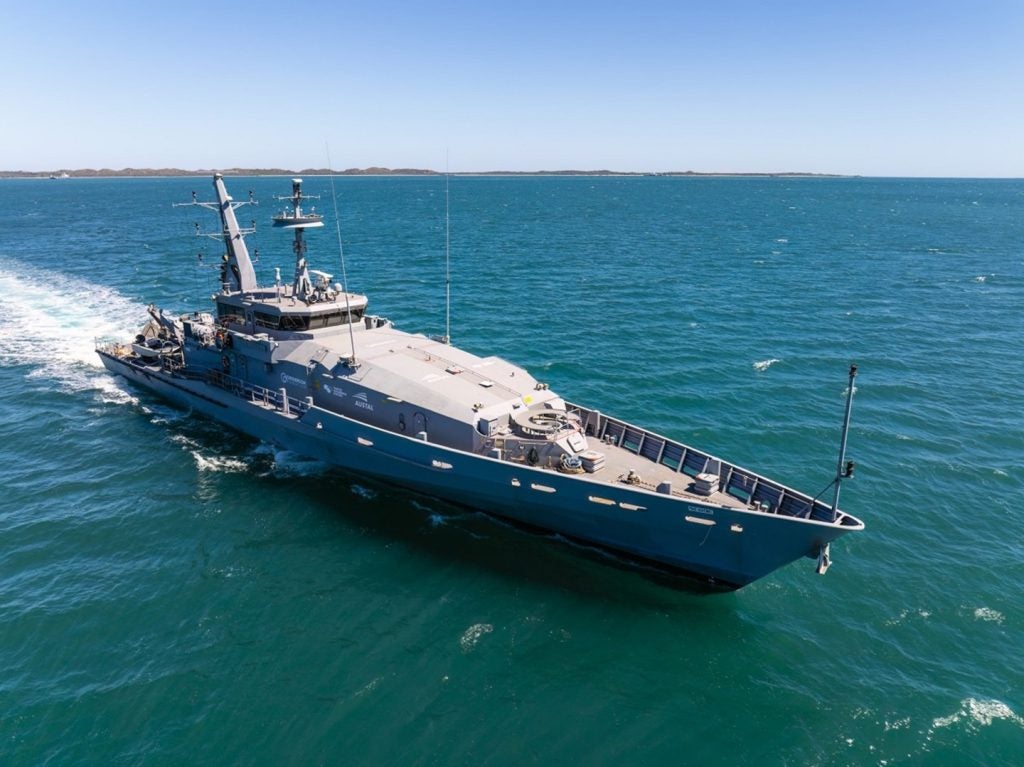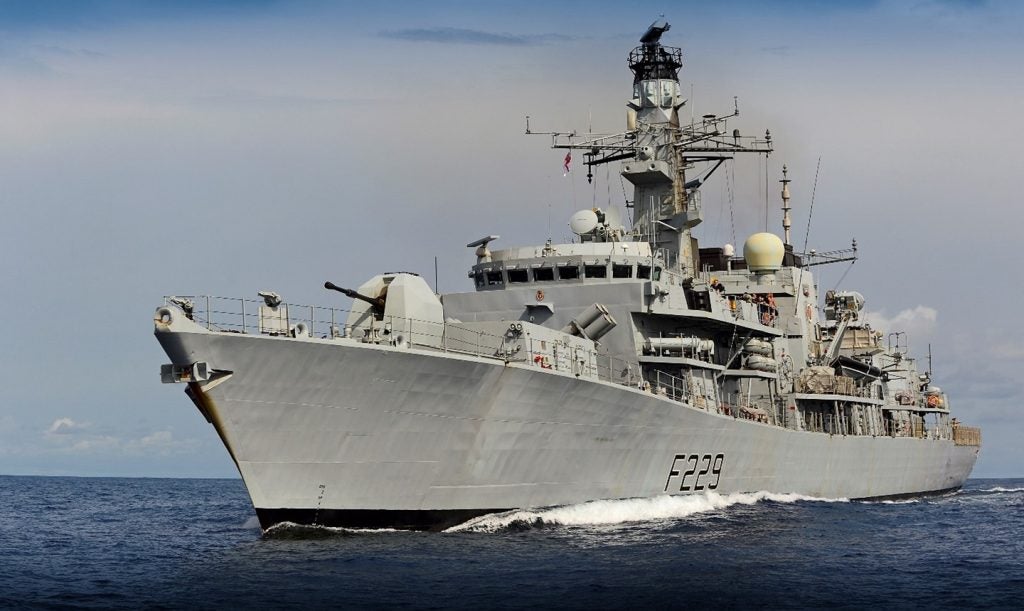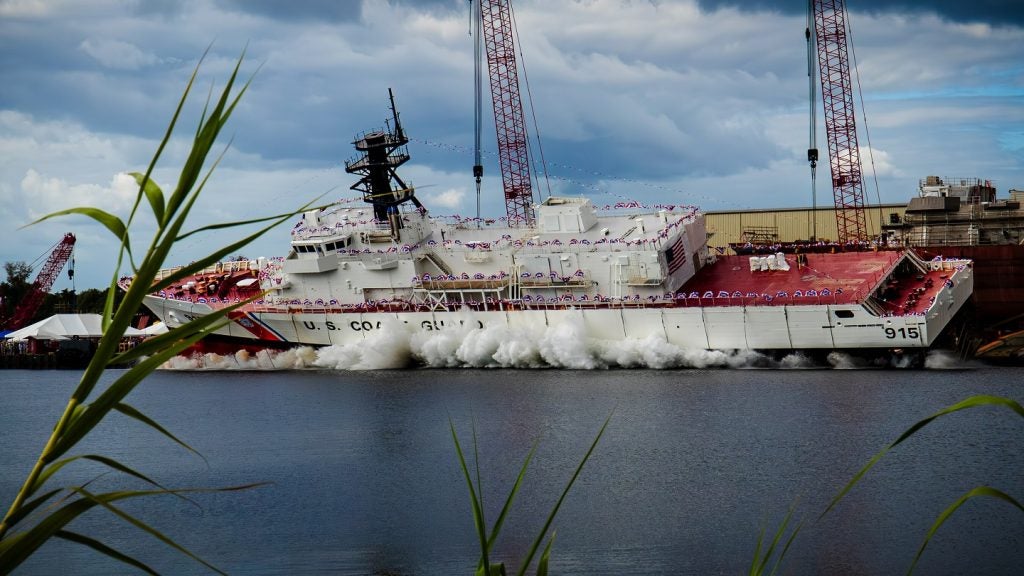Leidos has successfully completed at-sea trials of its prototype maritime autonomy system.
The system aims to control the manoeuvring and mission operations of the Defense Advanced Research Projects Agency’s (DARPA) anti-submarine warfare continuous-trail unmanned vessel (ACTUV).
A 32ft-long work boat was used as a surrogate vessel to deploy software and sensors, in a bid to replicate the configuration planned for an ultimate full-size ACTUV prototype.
The prototype system completed 26,000 simulation runs during the 42-day testing phase and met with COLREGS requirements in unplanned scenarios.
How well do you really know your competitors?
Access the most comprehensive Company Profiles on the market, powered by GlobalData. Save hours of research. Gain competitive edge.

Thank you!
Your download email will arrive shortly
Not ready to buy yet? Download a free sample
We are confident about the unique quality of our Company Profiles. However, we want you to make the most beneficial decision for your business, so we offer a free sample that you can download by submitting the below form
By GlobalDataDuring the 101 individual scenarios, the autonomy system successfully engaged course and speed changes of the surrogate vessel, and maintained a safe 1km standoff distance from the interfering vessel.
See Also:
In addition, the surrogate boats successfully navigated autonomously through narrow channels, evading navigation aids and submerged hazards.
Tests confirmed the potential of the system to manoeuvre and avoid collisions with another vessel. It will now have further tests, involving multiple interfering contacts and adversarial behaviours of interfering vessels.
Under the COLREGS testing, the ACTUV surrogate and an interfering vessel will undergo a range of meeting, crossing, overtaking and transit situations, in both simulation and on-the-water test phases.
Work on the first ACTUV vessel, Sea Hunter, is currently underway and is scheduled for launch next summer and sea trials in the Columbia River.







